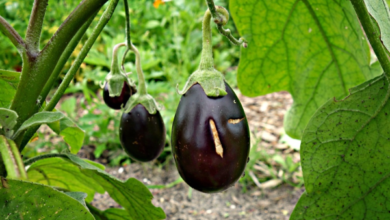Chrysanthemums in your Garden: [Planting, Care, Irrigation, Substrate]
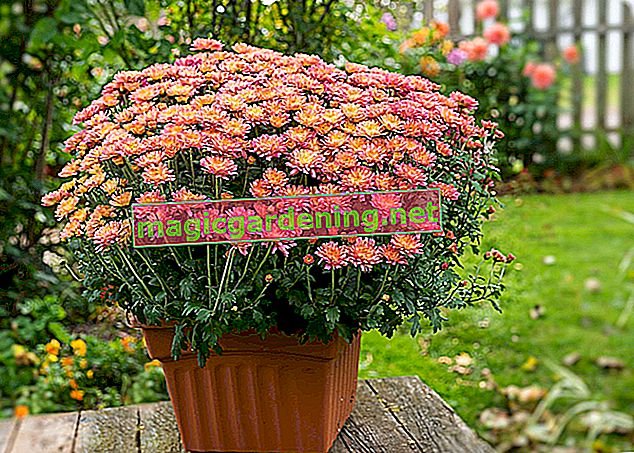
The chrysanthemum (Chrysanthemum)It is one of the most beautiful and popular flowers on the planet, a place of honor that it shares with roses.
They are native to the Eurasian region. There are more than 9 varieties depending on the type and arrangement: highly aromatic, disk or stripe flowers, curved, reflexive, intermediate flowers, late-flowering anemones, singles, pom-poms.
Did you know…It is fervently revered in Japan, having been introduced in 400 AD by Buddhist monks. And later the emperors popularized them by calling their thrones Chrysanthemum.
The plant does not exceed more than 1.5 meters in height.Its flowers have various shapes and sizes. They come in pompoms, buttons, daisies or decorative and in intense colors such as fuchsia, red, yellow and white, the latter being the most used in funeral services.
In addition, it is an anti-mosquito plant !

Important points when planting chrysanthemums
- When to sow? At any time of the year.
- Where to do it? In warm places, with mild temperatures between 13 and 18º C.
- Need for sunlight? If many. as much light as possible. But direct sun is not recommended.
- How to prepare the land? It must be rich in organic matter and have a balanced pH.
- Fertilization? necessary. They are demanding, especially at the beginning. Keep the soil with a good supply of nitrogen.
- How do we water? They need constant watering. 2 or 3 times a week. Ideal drip irrigation.
- What associations favor you? With Dahlias and Lilies it can be combined in meadows.
- What pests and diseases does it suffer from? They are very sensitive to fungi, fungal diseases and pests such as aphids, thrips and leaf miners.
Chrysanthemum Characteristics
- Name: Chrysanthemums, florist’s chrysanthemums (Chrysanthemum sp., C. x grandiflorum cvs. and C. morifolium cvs.).
- Type of plant: herbaceous perennial.
- Height: usually less than 0.5 m.
- Foliage: Variable forms, usually very lobed, deep dull green, often very aromatic if crushed.
- Climate: warm temperate, sheltered cold temperate zones, milder subtropical zones. All zones as potted houseplants.
- Soil: moist and well drained, avoid clay or sandy soils. Premium mix if grown in pots.
- Position: Full sun, but will benefit from protection from the afternoon sun. It is preferable to protect it from the wind.
- Flowering: from late summer to fall.
- Food: annual controlled release fertilizer; supplement with organic fortified liquid food.
- Irrigation: It only requires moderate watering once established in the garden. In pots, water well when almost dry.
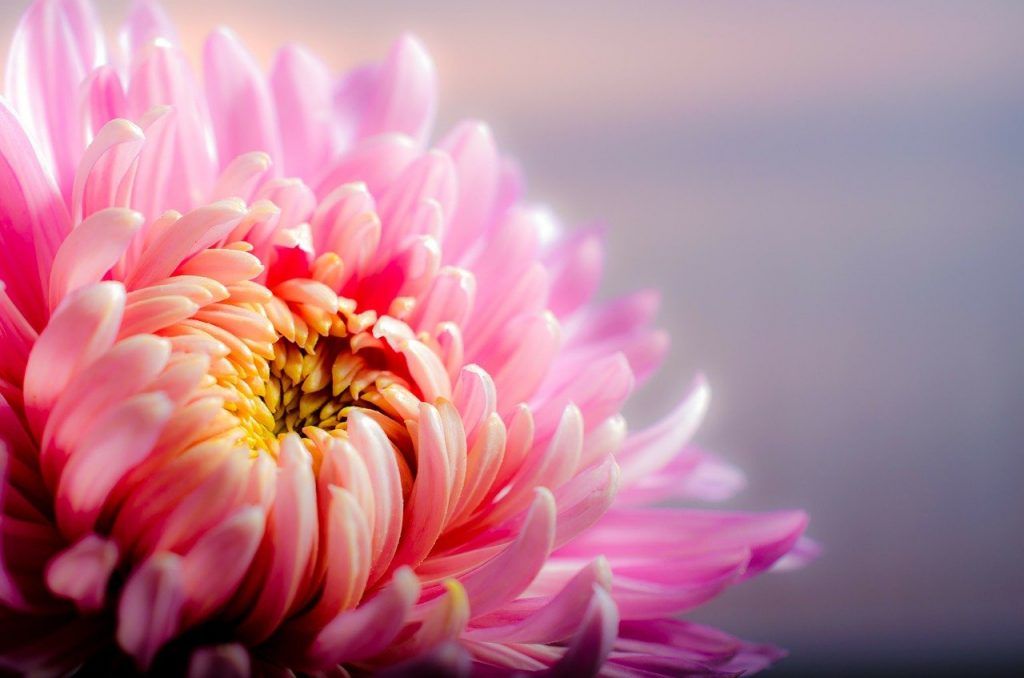
Chrysanthemums offer beautiful late bloomers in September and October.
These perennials are hardy or semi-hardy and can be grown in containers, as houseplants, or in a bed; the trick is to buy the right chrysanthemum depending on where you are.
You can also grow annual chrysanthemums, which are used in summer beds, such as Chrysanthemum ‘Sunset’.
Chrysanthemums bloom in an incredible range of different colors.
The shapes of the flowers can also vary, from mirrored, simple or pompom, among others. Spray mums form several flower heads on a single stem and are often grown in a greenhouse for cut flower production.
Early blooming mums can be planted in ornamental borders and will bloom from late summer through fall.
Late-flowering chrysanthemums bloom in winter and are grown as houseplants. For a reliable perennial mum, choose hardy garden varieties that can be left in the ground year-round. If not, dig them up and store them in the fall, as you would dahlias.
When to plant chrysanthemums?
chrysanthemum cultivationcan be done at any time of the year,because no station belongs to him. They admit any type of soil anda sunny climate for optimum growth.
They require to live in mild temperatures between 13 and 18º C. They do not tolerate heat, so if you have chrysanthemums at home, they should be in cool and well-ventilated areas.
Where to plant chrysanthemums?
In warm garden locations with fertile soil, well prepared with good organic material and better drainage, mums will flower quickly.
 And it is that we can even create a special place for chrysanthemums in our garden. For example, in an area of palm trees covered with gravel.
And it is that we can even create a special place for chrysanthemums in our garden. For example, in an area of palm trees covered with gravel.
Since it is a semi-shaded corner, we can reserve and clean a space in this area to give it color with the help of multicolored chrysanthemum pom-poms.
They must be safe from drafts and the substrate must be moist.
Nor can chrysanthemums be exposed to direct sun,as this could burn the plant. If we are removing the withered flowers we will favor the continuous flowering of the plant. They flower in two periods of the year: winter and spring /summer.
Did you know…The color of the original chrysanthemums was gold. And the Greeks called it «Chrys» which means that: gold. And “anthemon”, which means flower.
How to prepare the land to grow chrysanthemums?
The substrate that will serve as food must contain aBalanced pH, ranging from 5.5 to 6.5.
The soil must be permeable, porous and of nutritious substances.
How do we water chrysanthemums?
The chrysanthemum plant needs to be watered continuously, because the substrate needs to be always moist to prevent the flowers from withering. These can last up to two months if sprayed often.
Expert gardeners recommend watering only in the morning and before the sun rises in all its splendor. Two or three times a week is more than enough watering frequency.
In summer, it is necessary to increase the irrigation and the fertilizer, which is generally recommended to be carried out every 15 days.
Fertilize when the plant is almost ready to flower, but this activity should cease after the flower buds appear. That happens in the fall.
How to plant chrysanthemums step by step?
 Successful cultivation will depend on certain physical and environmental needs.
Successful cultivation will depend on certain physical and environmental needs.
Its seeds should be planted in low rainfall areas in the rainy season. It can be easily propagated by cutting, root division and by seed.
Multiplication by cuttings
- Multiplication by cuttings: you should always take advantage of creating new shoots with the cuttings cut to a size of about 8 cm, or by separating the roots of the plant.
This process mustbe done in the third year of the plant’s life,using a fertilizer rich in nutrients so that the cutting or stem takes root very well and flowers sprout after the natural growth cycle.
from seeds
- Seeds: they should be planted in low rainfall areas in the rainy season.
Sometimes the seeds can also be sown direct on the spot and the seedlings thinned out after germination. These must be preserved before, for several consecutive weeks, in a dry place, until the end of the winter period.
in pots
- In pots: they are the ideal places for cultivation in small places, on balconies or small gardens.
They can also be used as centerpieces.
They last quite a long time if they are kept in moist soil and with a nutrient-rich fertilizer that should be thrown into the pot with some regularity.
Chrysanthemums are capable of flowering about 3 months after germination, provided they are well cared for.
What favorable associations does it have?
 Chrysanthemums are autumn flowers, the time of year when they reach a splendor of varied colors in a wide range that goes from white, yellowish tones to reddish and pink.
Chrysanthemums are autumn flowers, the time of year when they reach a splendor of varied colors in a wide range that goes from white, yellowish tones to reddish and pink.
They are spectacular for the garden, combining them with other autumn species such as dahlias and daisies.
Autumn gives us orange, yellow and red colors.
Whether in pots located at the entrance of the house or along paths and in the garden, these combinations of flowers will rejoice our souls.
They can be combined very well with dahlias and lilies,forming flower beds in grass meadows.
Chrysanthemum care required
Care varies depending on the species and variety being grown, so check the label for specific requirements.
Although the chrysanthemum is quite hardy, the best yield is obtained if the chrysanthemum is kept moist. Although without flooding the earth.
In the garden, mulch will help keep soil moisture stable. In pots, simply apply the finger test: stick your finger into the soil and, if it is dry below about 2 cm, water gently.
An annual application of controlled release compost will keep your mums looking great. Supplementing this with an occasional liquid feeding with an organically enriched product will improve overall growth and flowering.
Make sure potted houseplants are in a warm, sunny location, but avoid direct afternoon sun. When possible, give them a break outside every few days. This is the ideal time to give them a good watering as well.
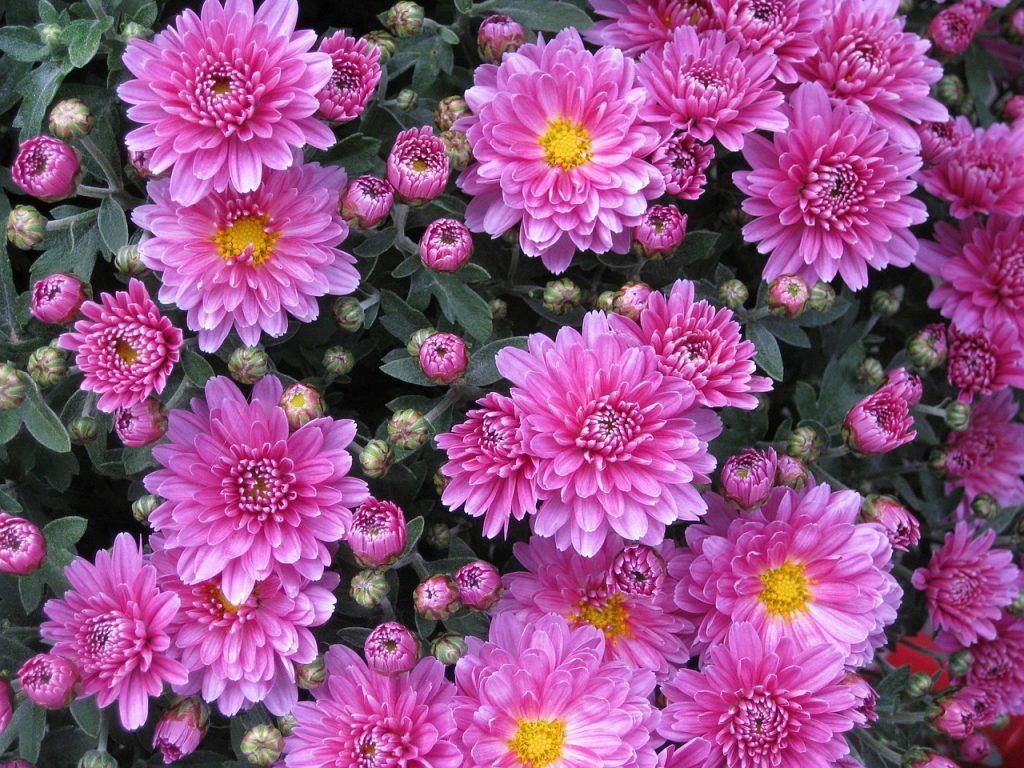
Should we prune this plant?
There will be variations in pruning depending on the species and variety of chrysanthemum, so check the label for specific requirements.
If it grows for more than one season, let your chrysanthemum die off naturally and it will grow back in the spring. You can lightly prune the plant, but heavy pruning is not necessary.
If you are growing for larger flowers to cut and decorate with a vase, reduce the number of flower buds that emerge. This will focus the energy on fewer flowers, resulting in larger individual flowers.
For general cultivation, prune younger mum plants to encourage bushiness and density. Remove the flowers as they are finished, as this can help make more flowers appear, albeit smaller.
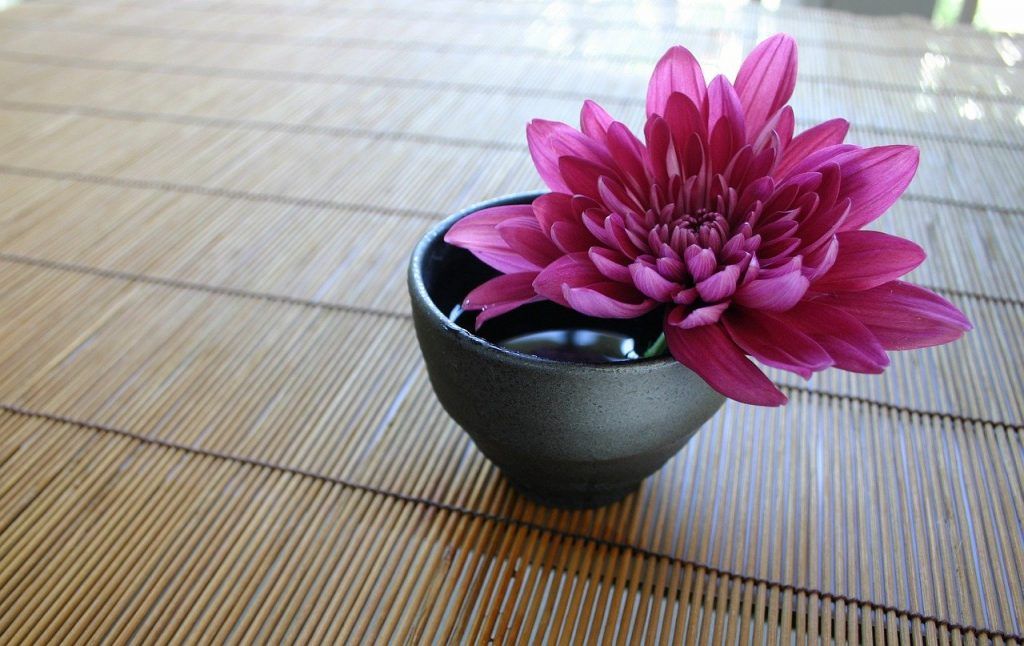
What varieties of chrysanthemum are there?
These are some of the best-known varieties of Chrysanthemums:
- C. Corn Segetum Corn Marigold or Corndaisy: This is a suitable plant to grow in a wildflower meadow.
- C. _ Carinatum Tricolor Daisy – Its flowers are grown as if they were ferns, and the leaves are eaten by beds.
- C Coronarium Crown Daisy: It is used to treat venereal diseases.
The chrysanthemum is excellent as a groundcover or border plant as the foliage is attractive and remains green all year.
Did you know…The flower petals of Alecost Chrysanthemum are used to make preserves and its leaves as flavoring in soups.
There is also another categorization that refers to 4 specimens of chrysanthemums that are very widespread in the world: the Dutch chrysanthemum; the ball chrysanthemum; the chrysanthemum indicum and double chrysanthemums.
Also chrysanthemum-flavored tea is well known and relaxing.

What pests and diseases does the chrysanthemum have?
Chrysanthemums are very sensitive to aphids, leaf spot, and the folia nematode, so an insect and pest prevention program must be established to prevent irreparable damage to the plant; like white rust.
The most common diseases are fungal,such as white rust caused by Puccinia horiana, which causes the appearance of whitish bumps on the underside of the leaves.
Another common one is the disease called verticillium wilt or leaf wilt, which causes yellowing and wilting of chrysanthemum leaves, continuing to the branches, until they fall to the ground. It is produced by the fungus Verticillium, which can kill the plant, because it remains in the soil and contaminates the roots.
Among the most common pests we have nematodes, leaf miners, aphids and thrips. All produce damage to the leaves, affectation or decrease in flowering.
.
Did you know…Chrysanthemums are an edible plant. Used as an element in different salads.

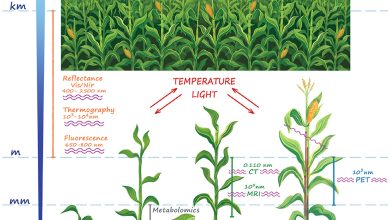
![Photo of Subhumid Temperate Climate: [Characteristics, Flora, Fauna and Adaptability]](https://www.complete-gardening.com/wp-content/uploads/2022/08/subhumid-temperate-climate-characteristics-flora-fauna-and-adaptability-390x220.png)
![Photo of Maritime Cineraria: [Characteristics, Care, Planting, Pruning and Problems]](https://www.complete-gardening.com/wp-content/uploads/2022/08/maritime-cineraria-characteristics-care-planting-pruning-and-problems-390x220.jpg)
